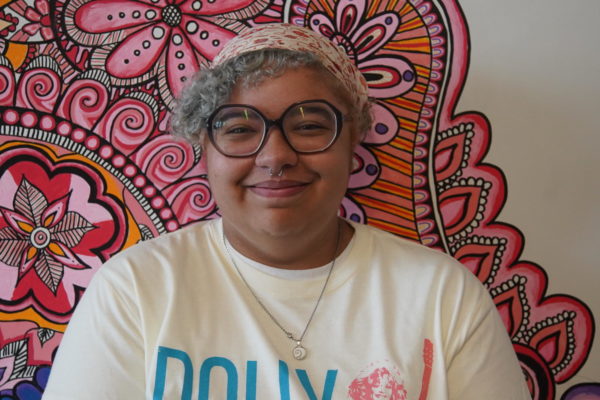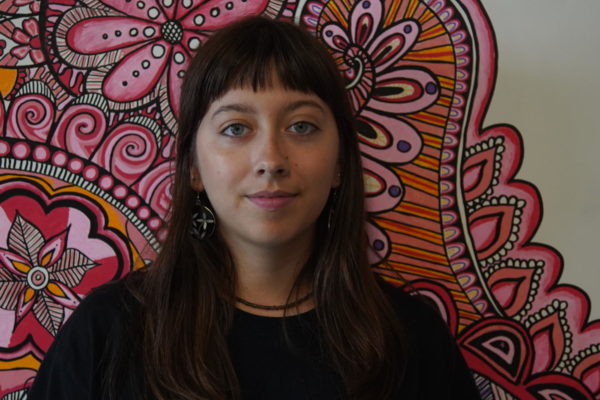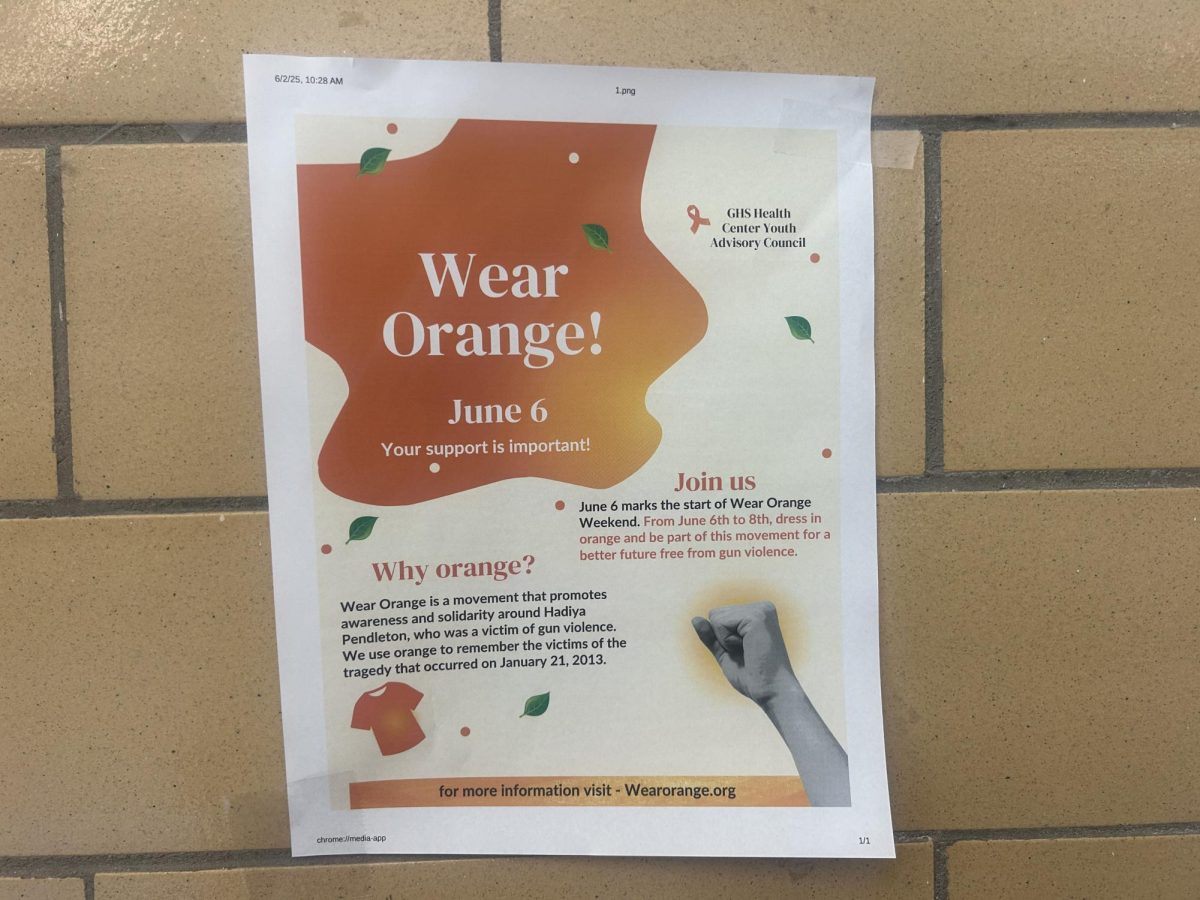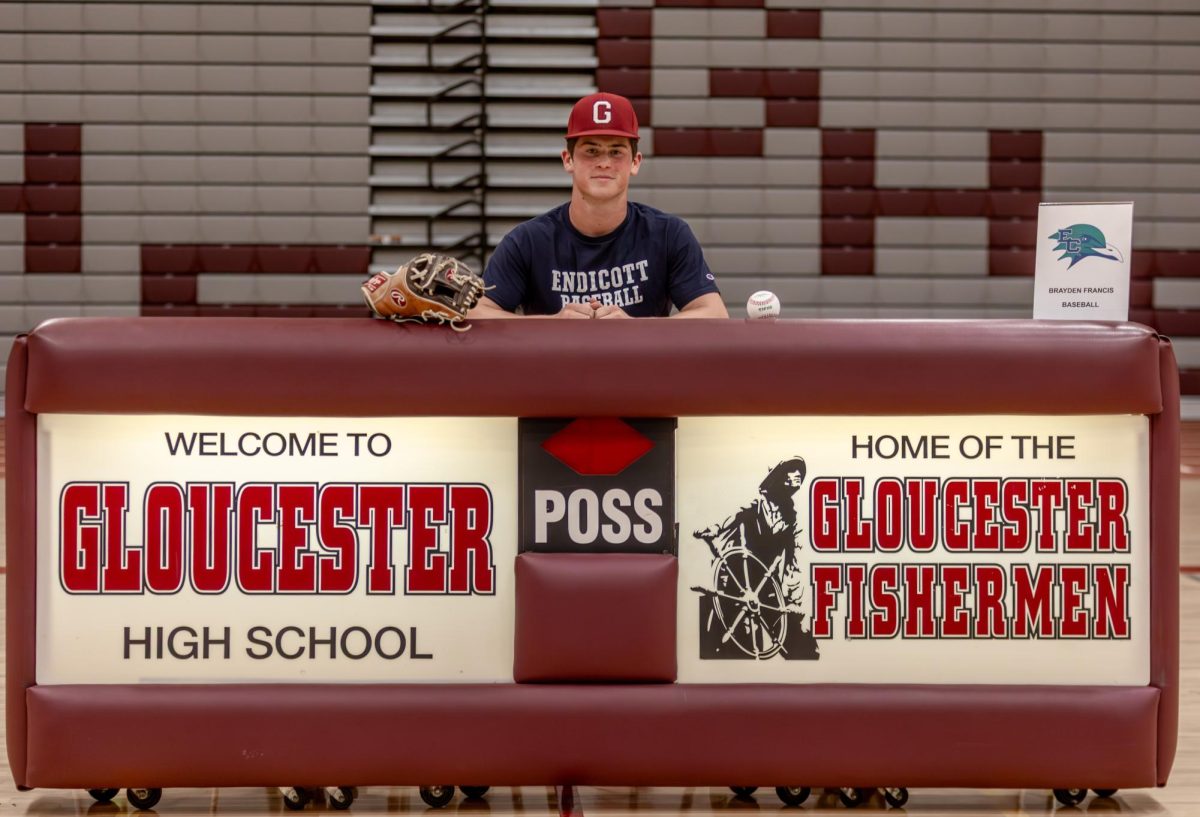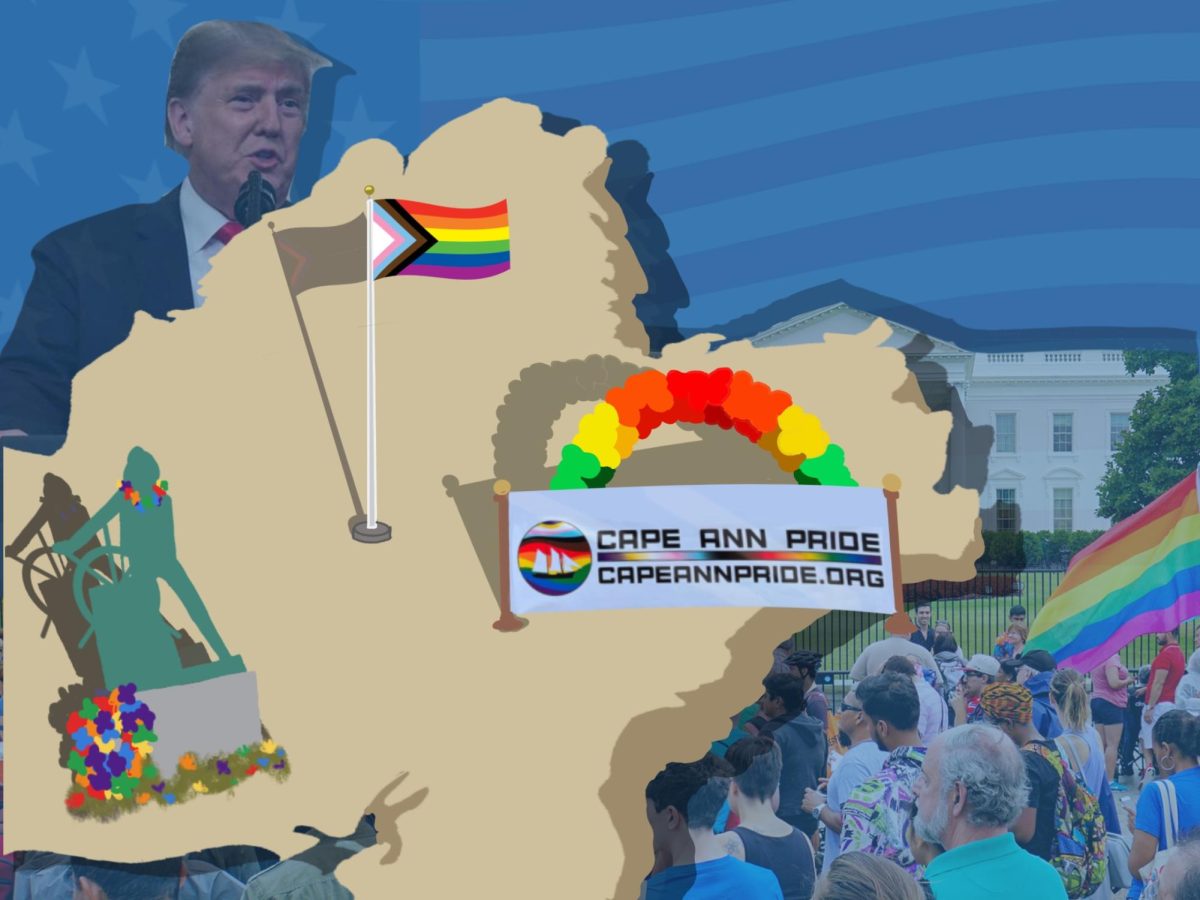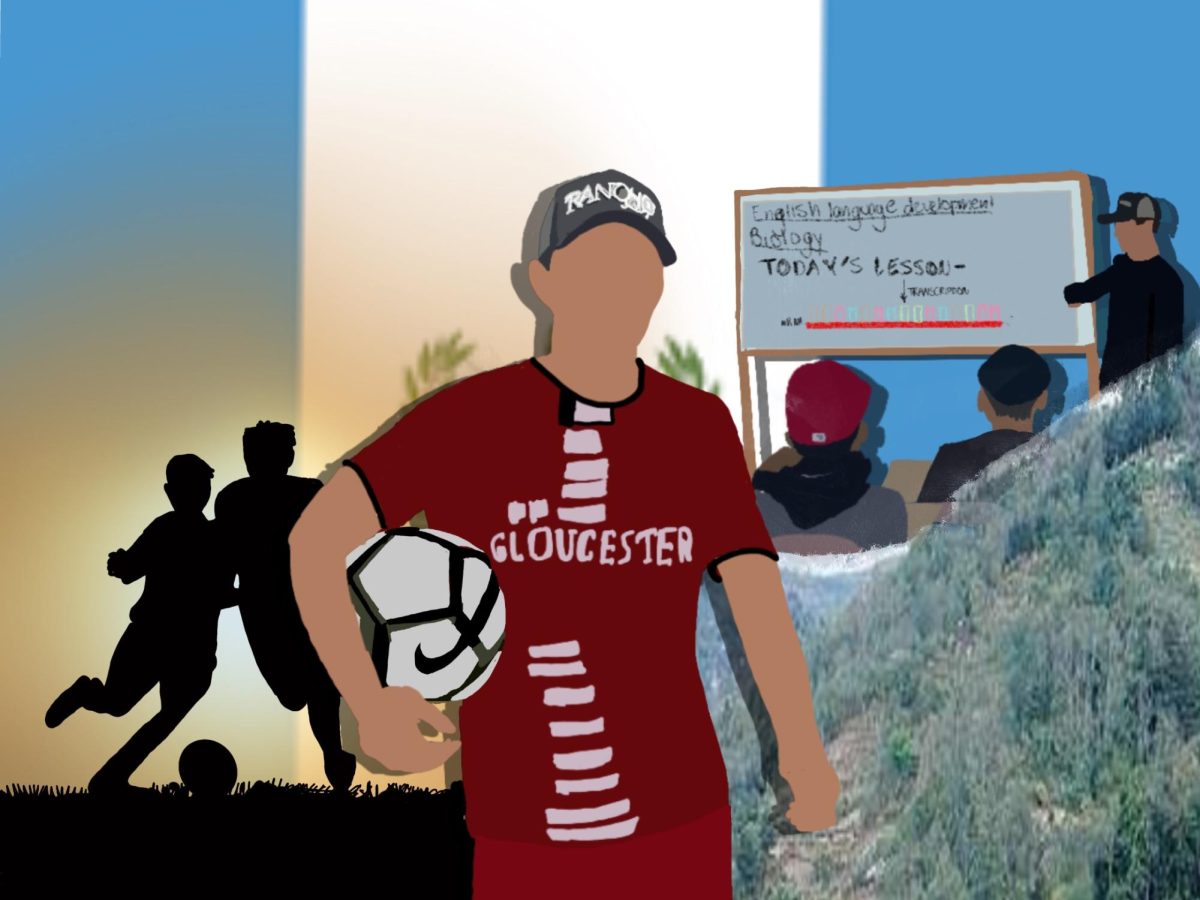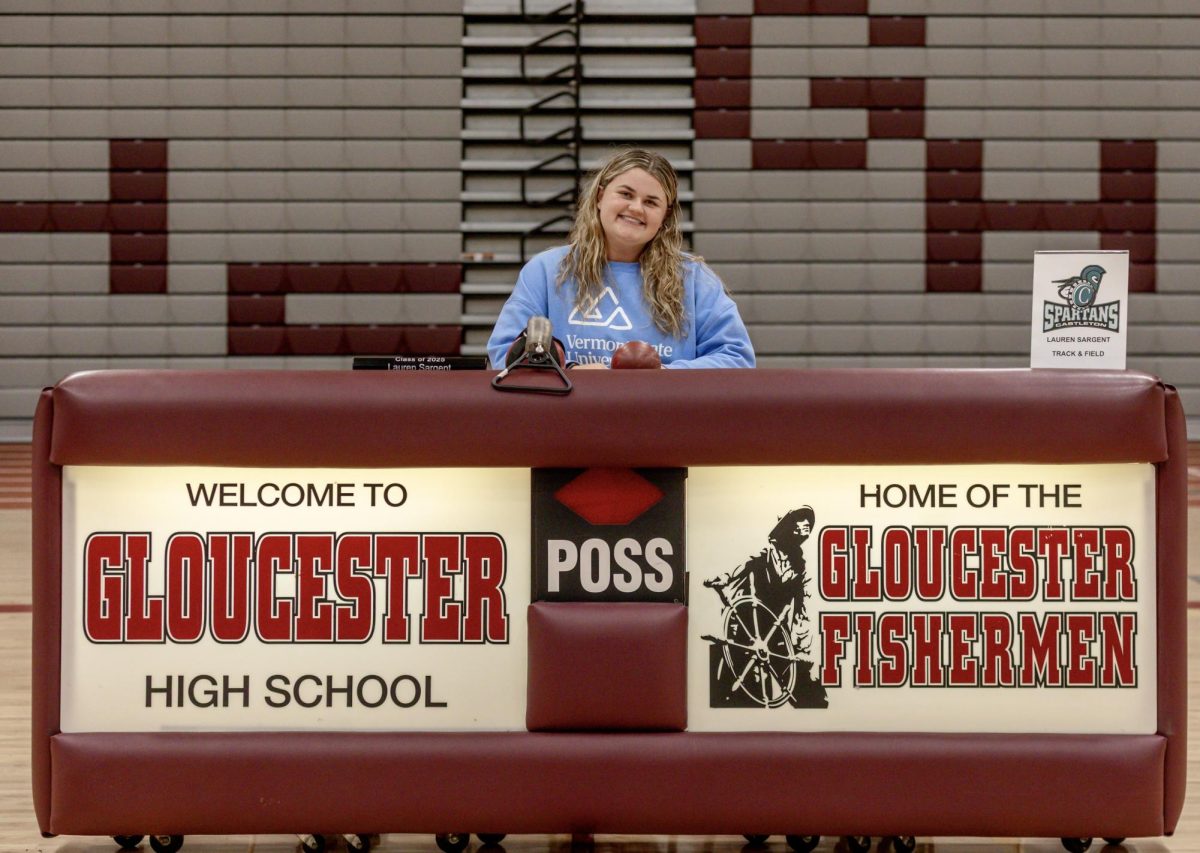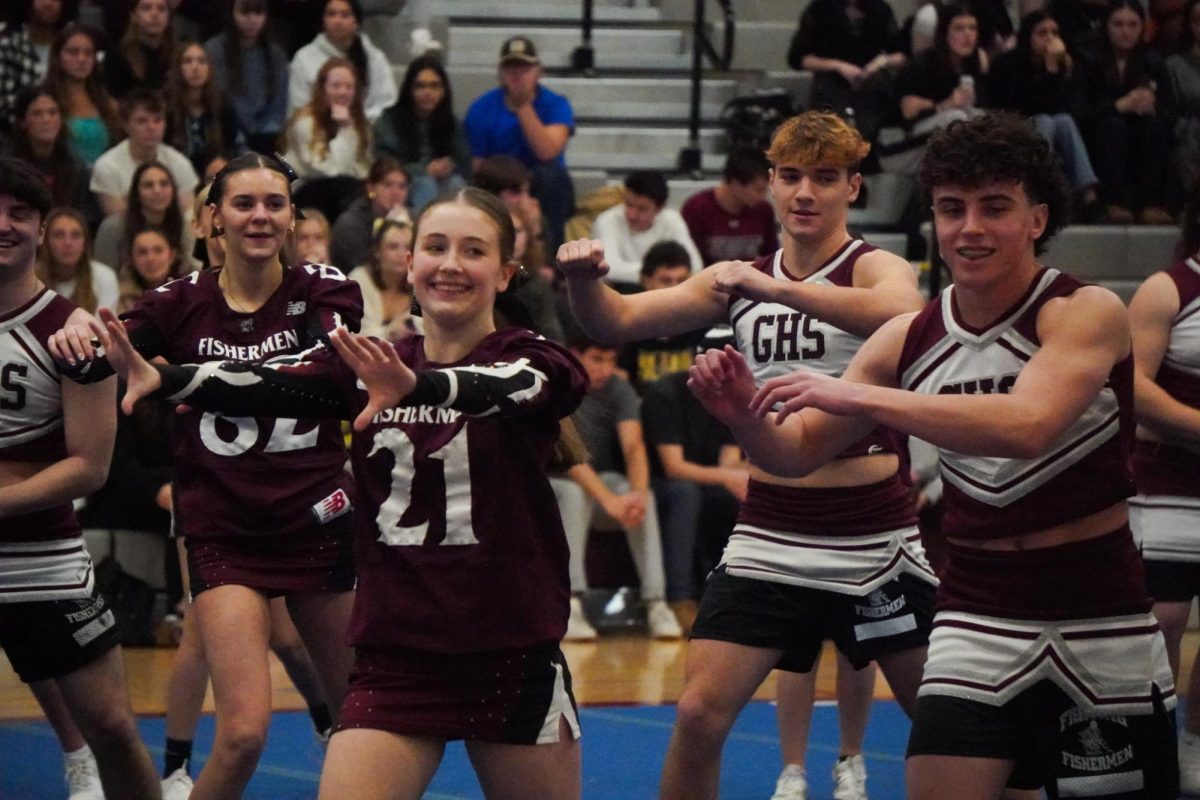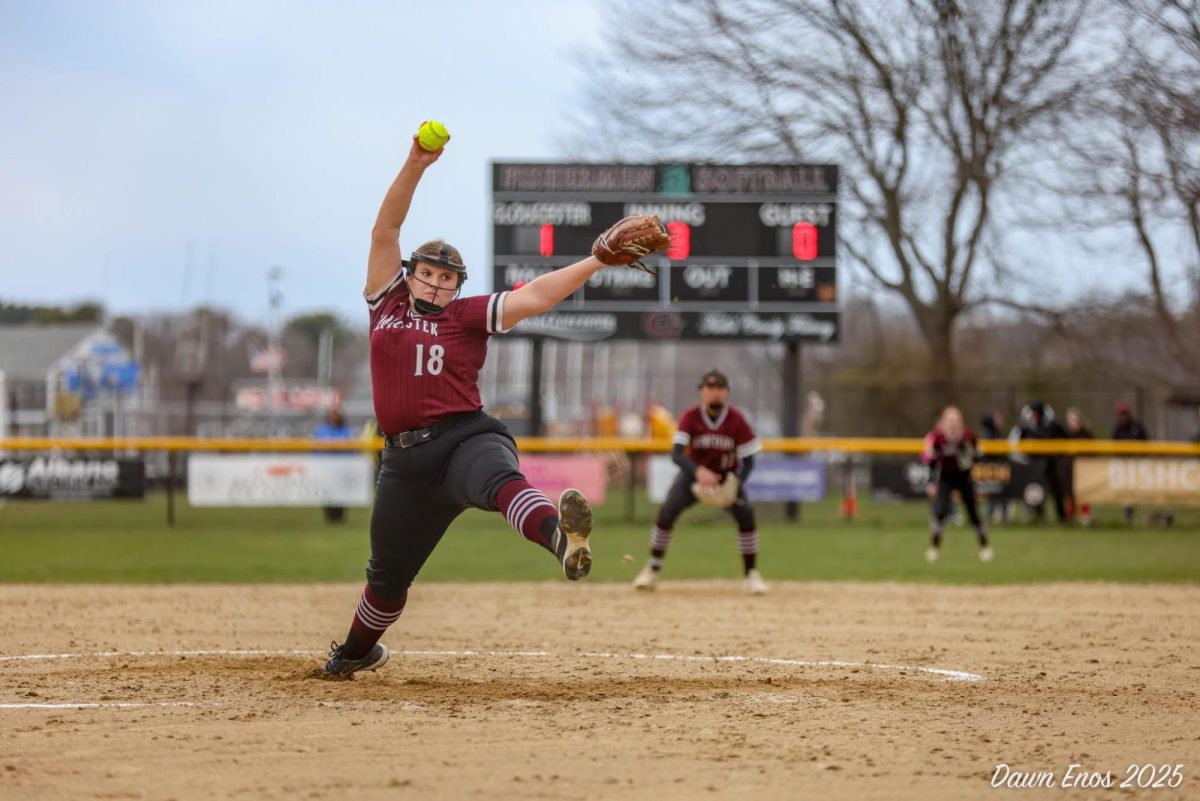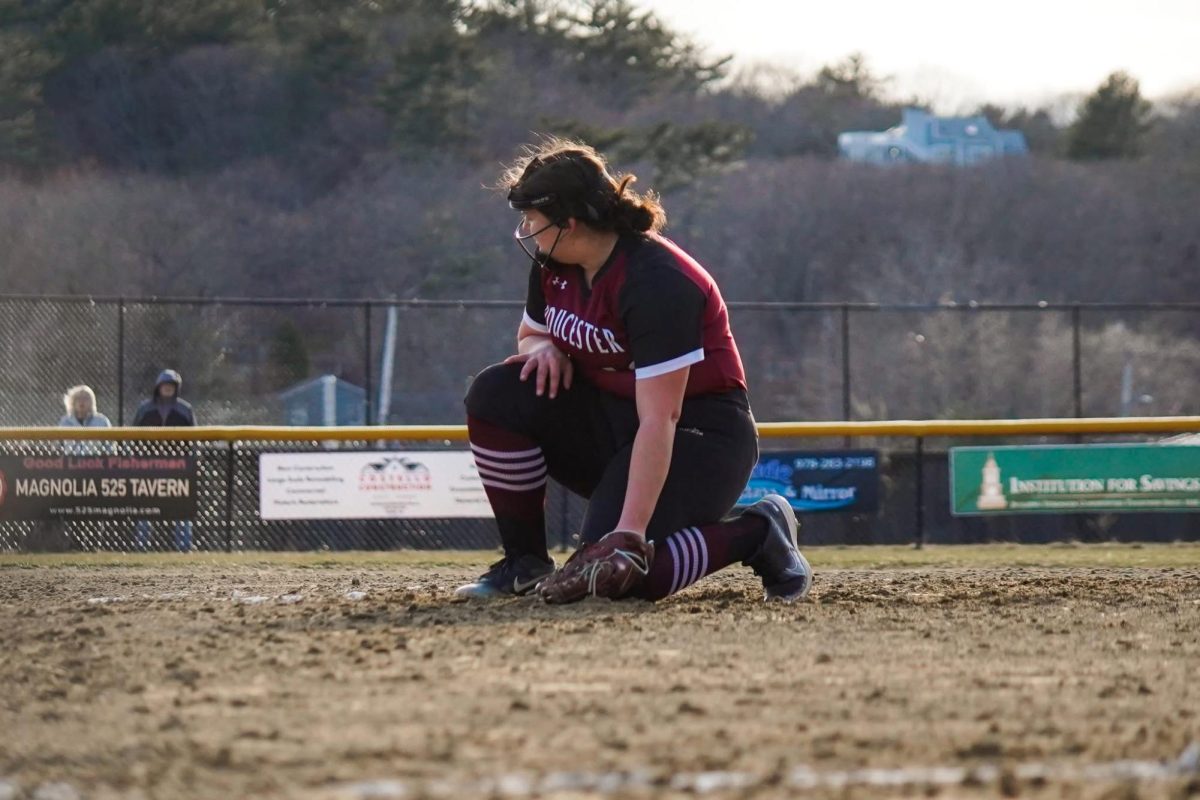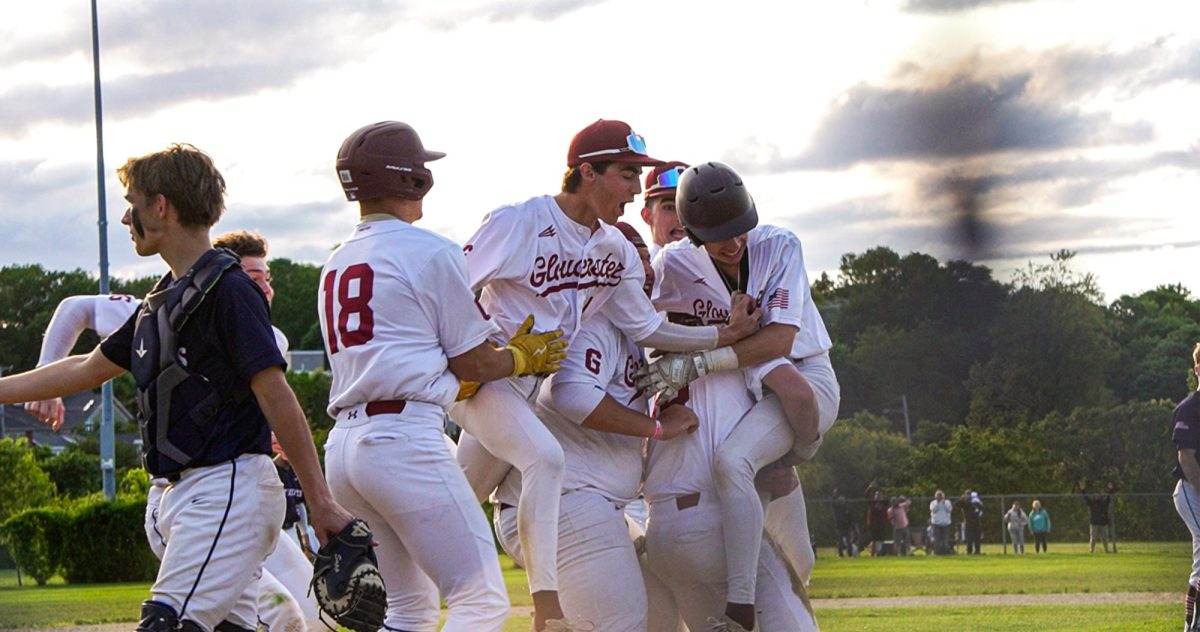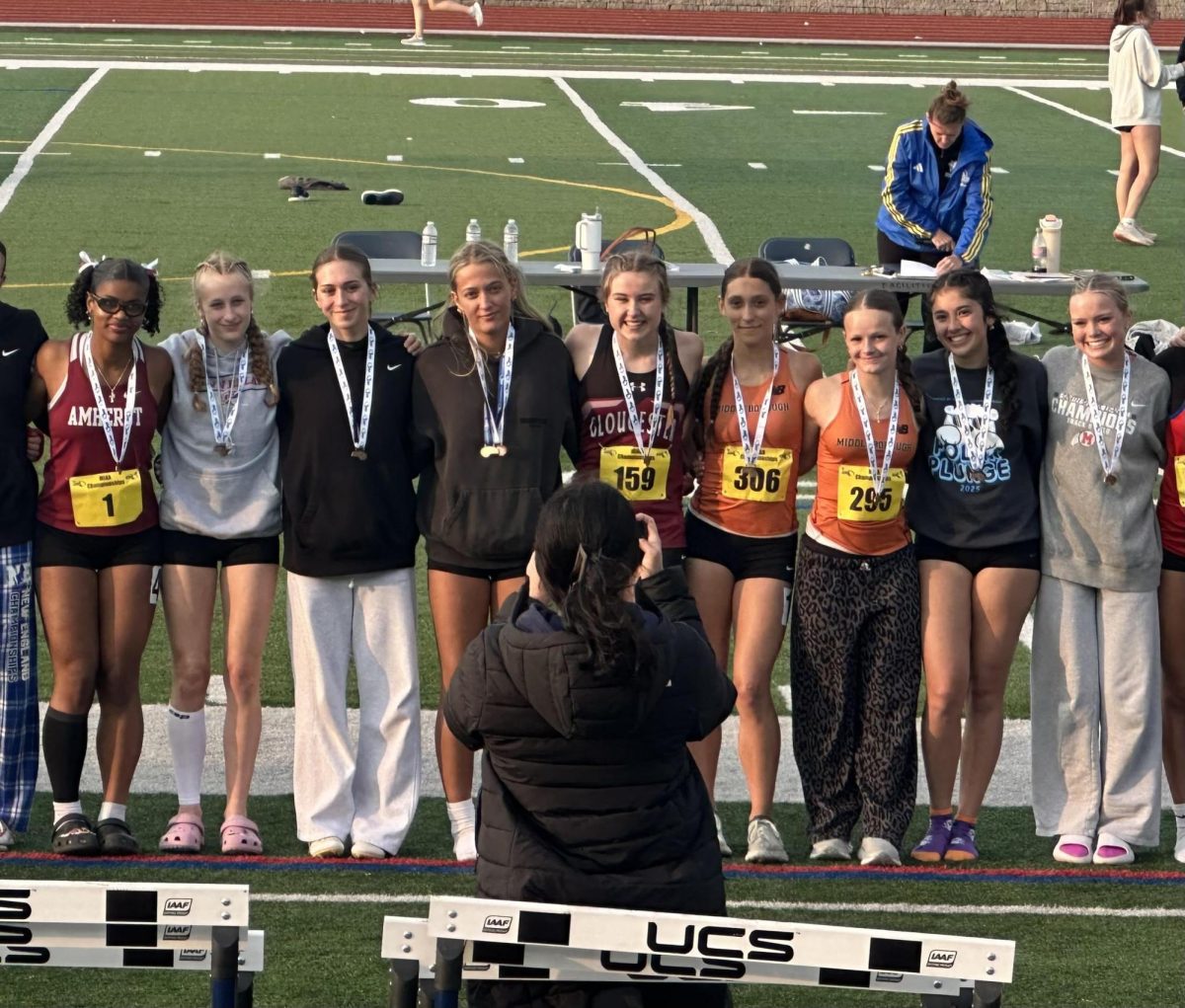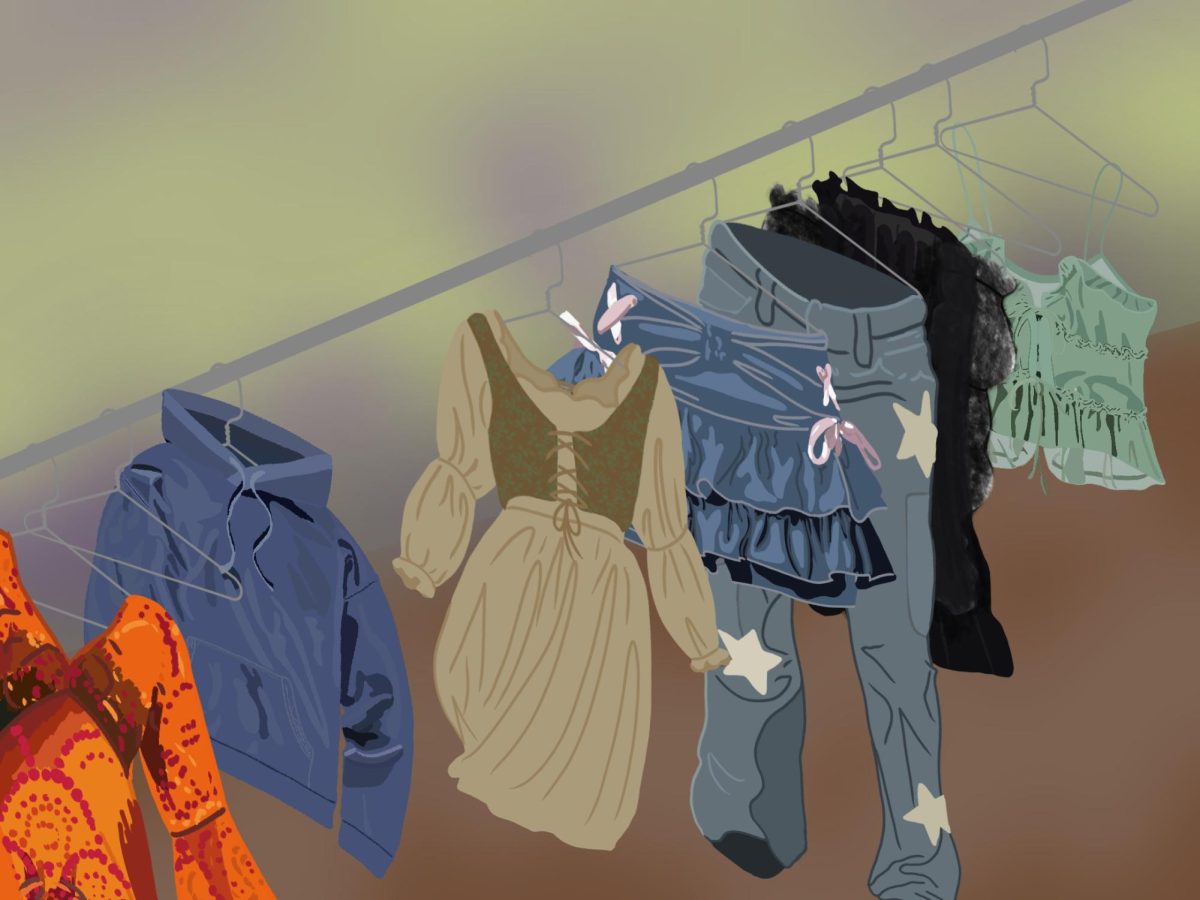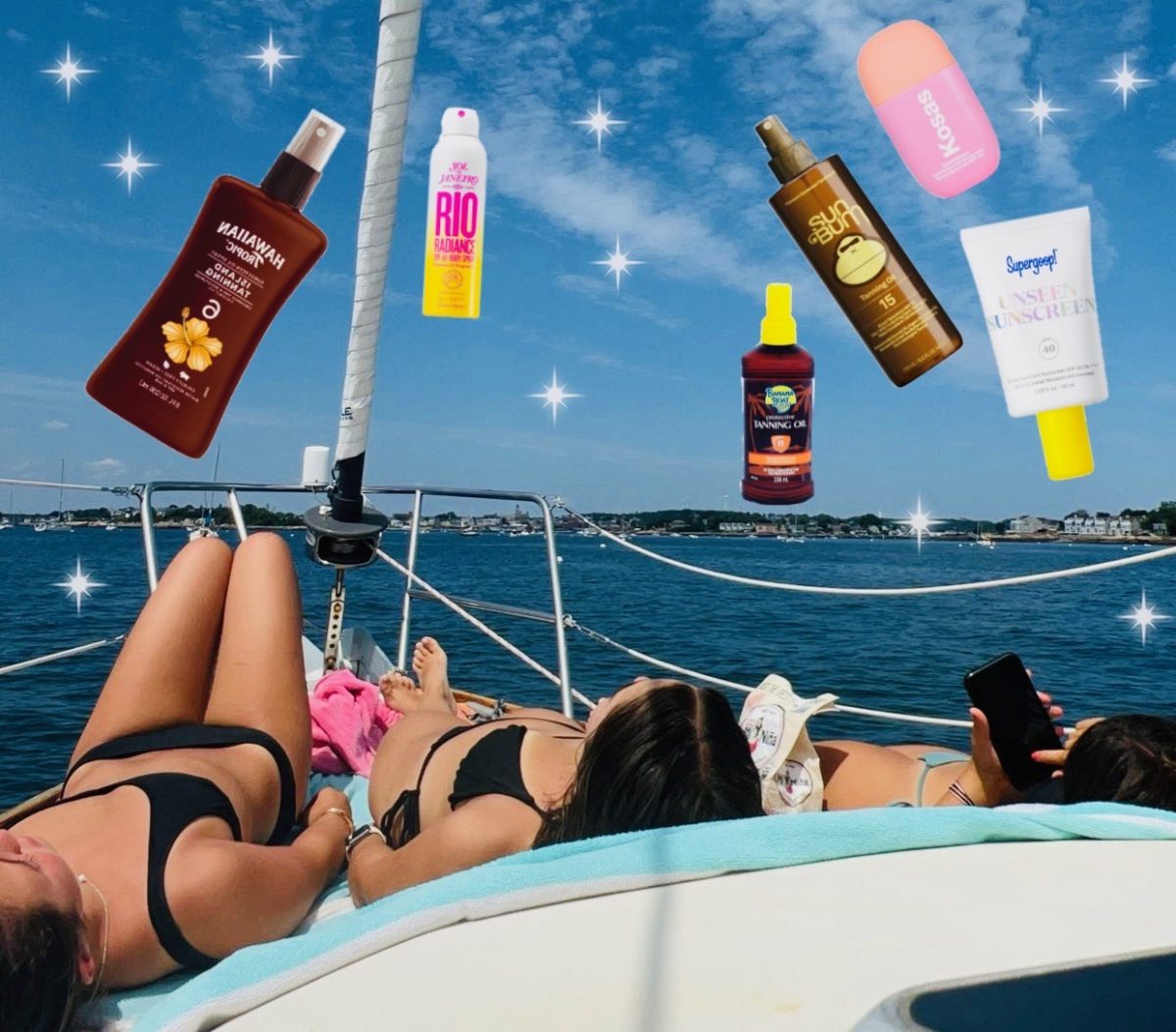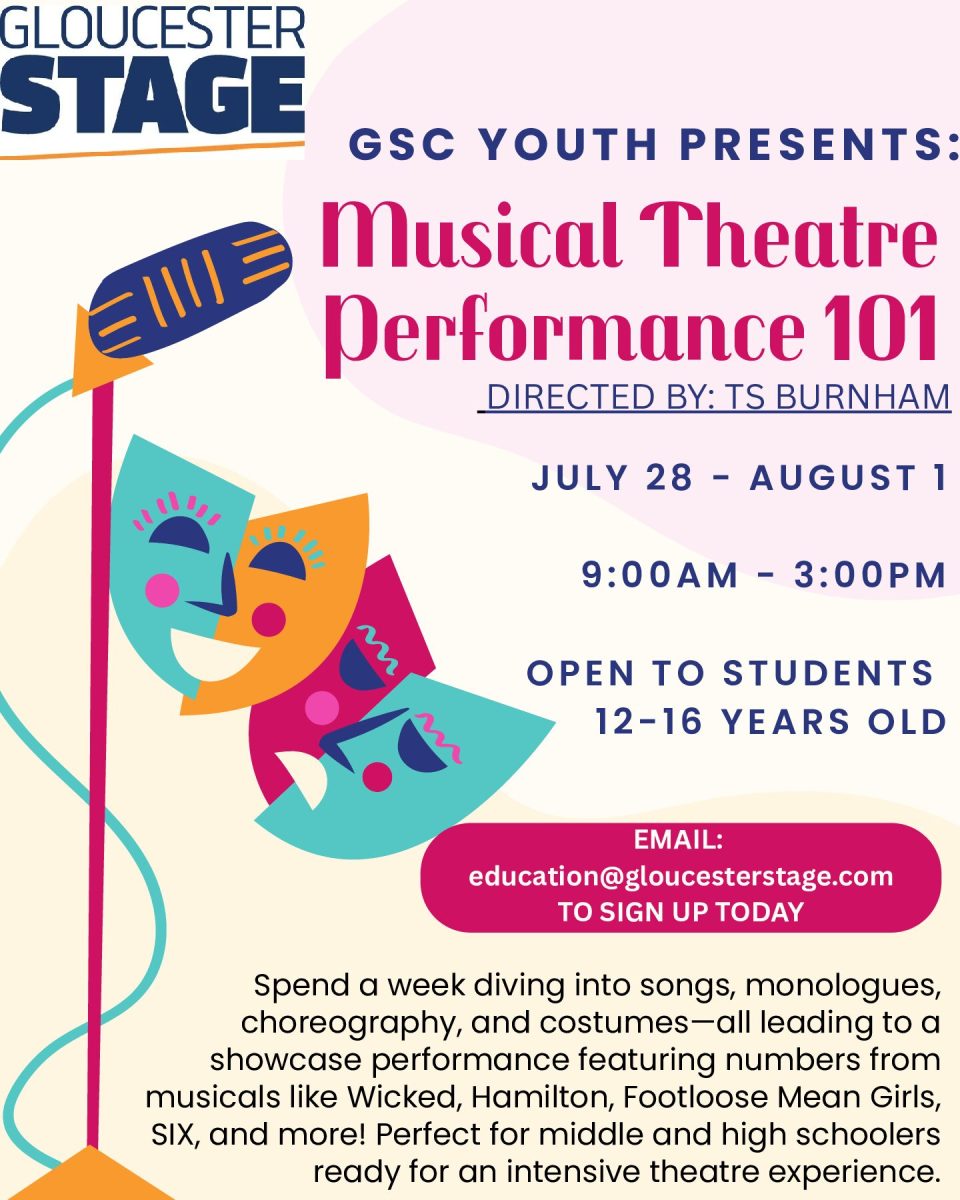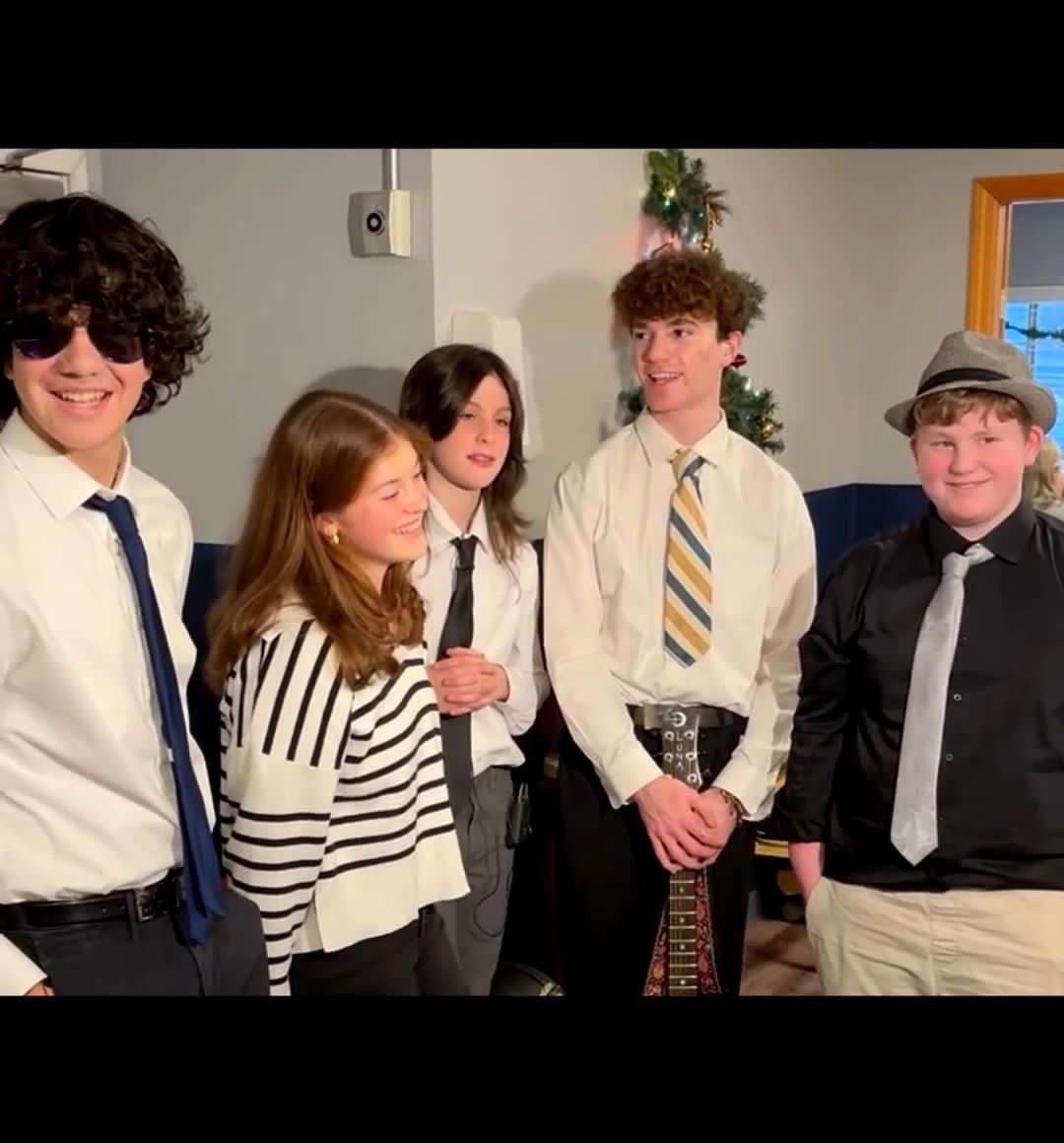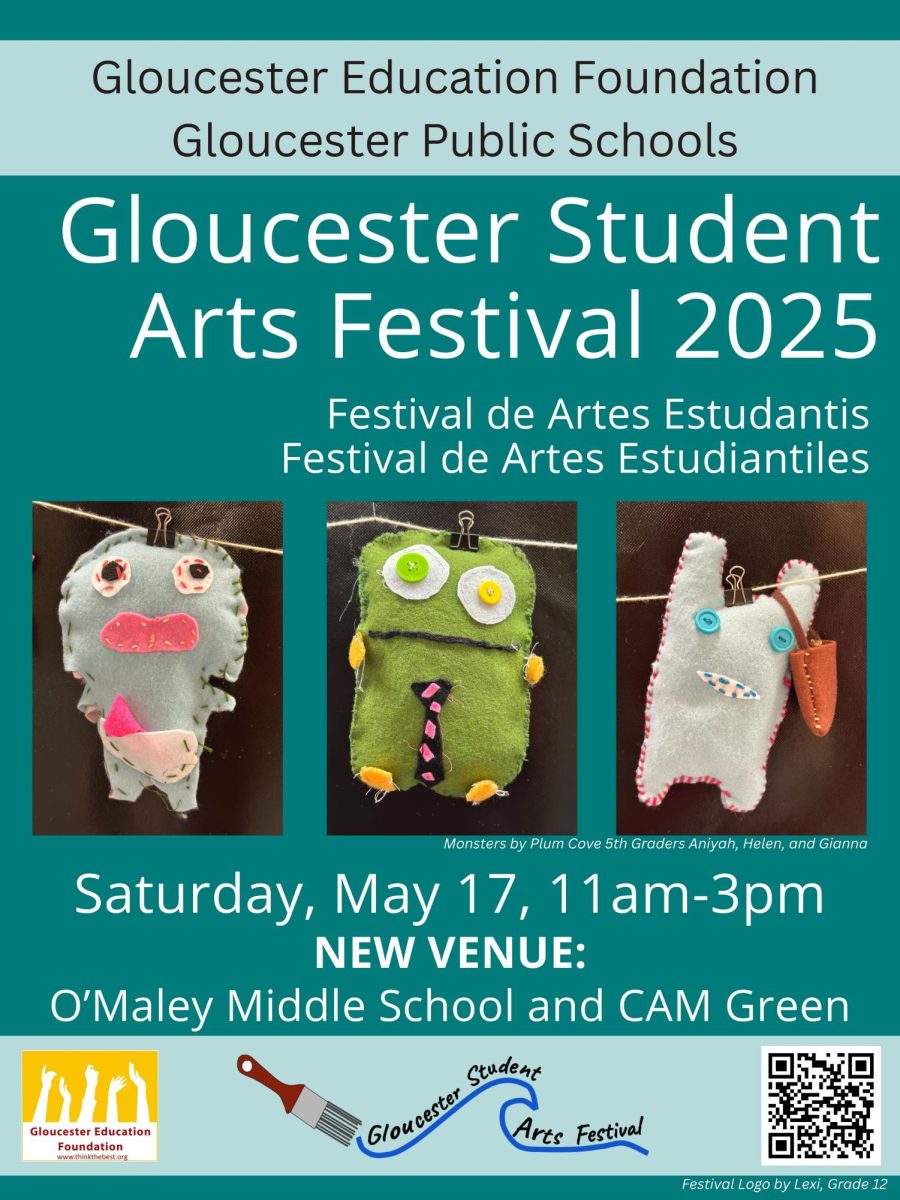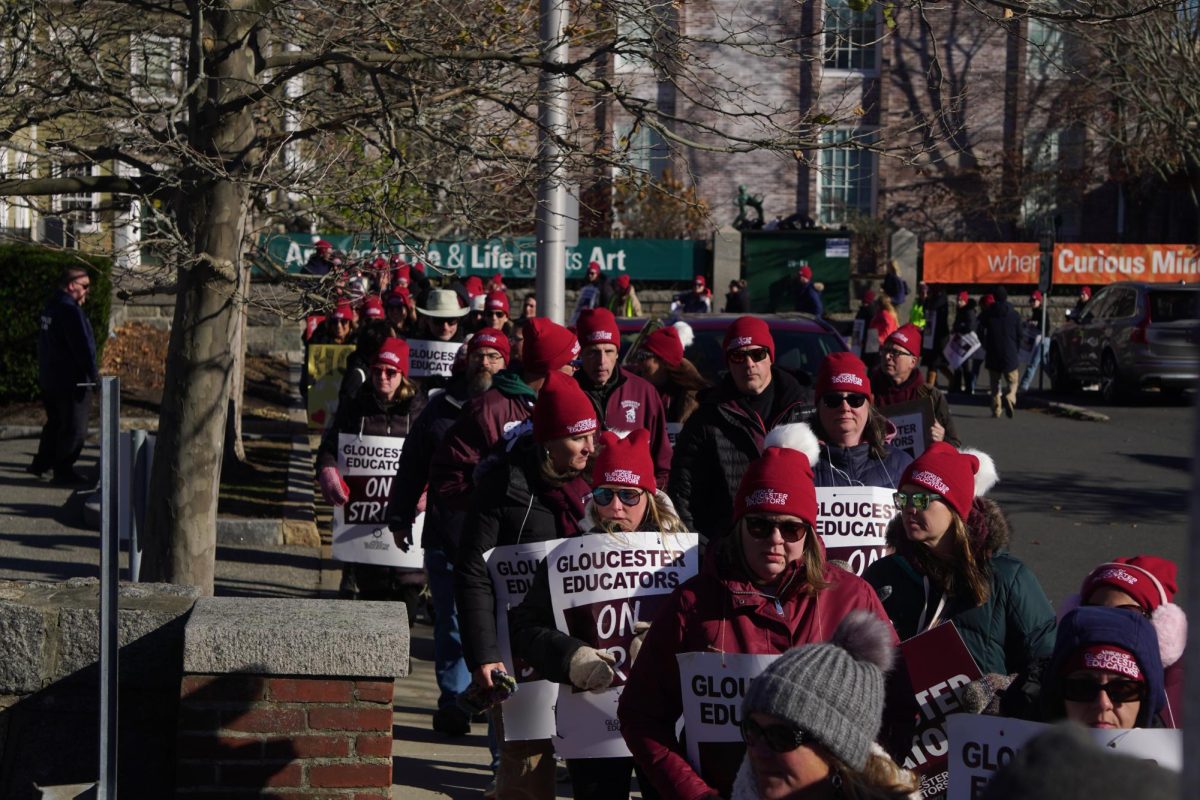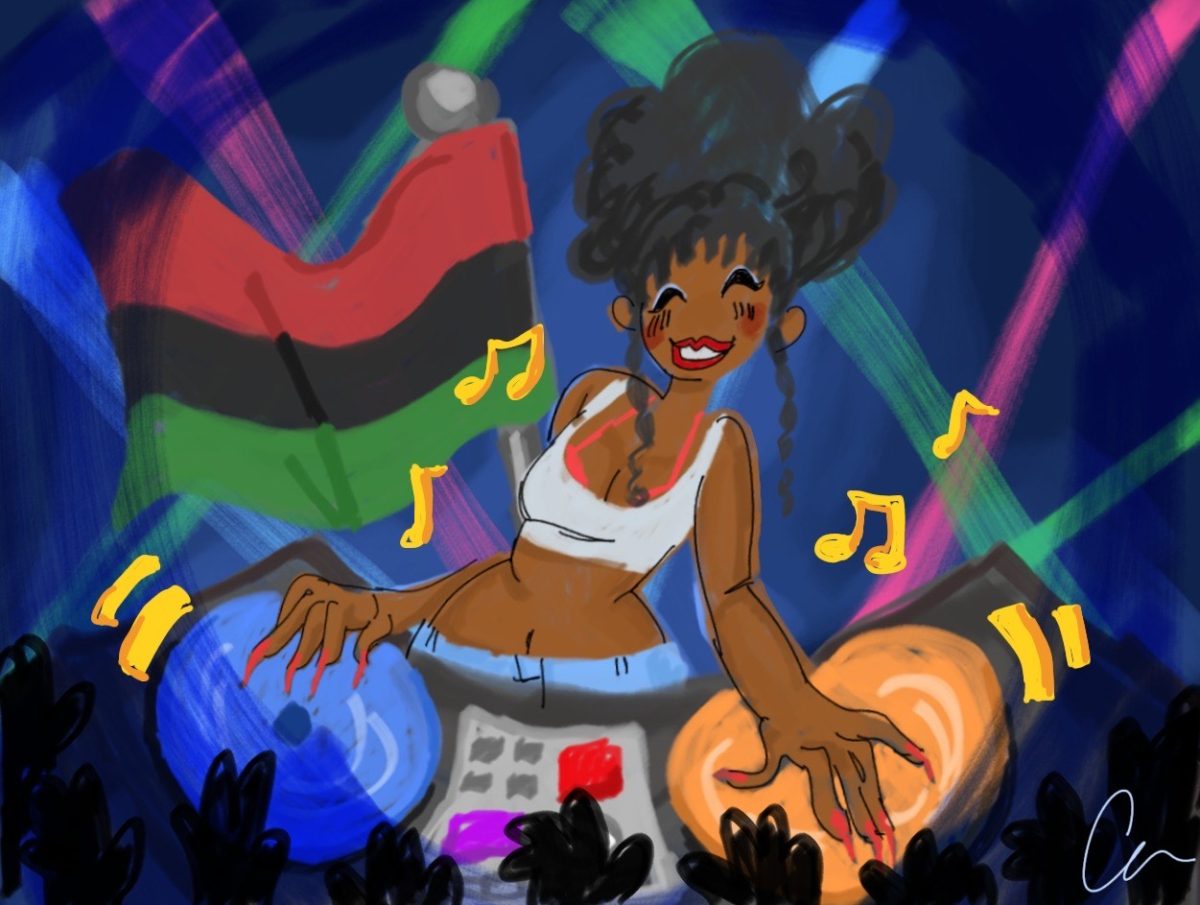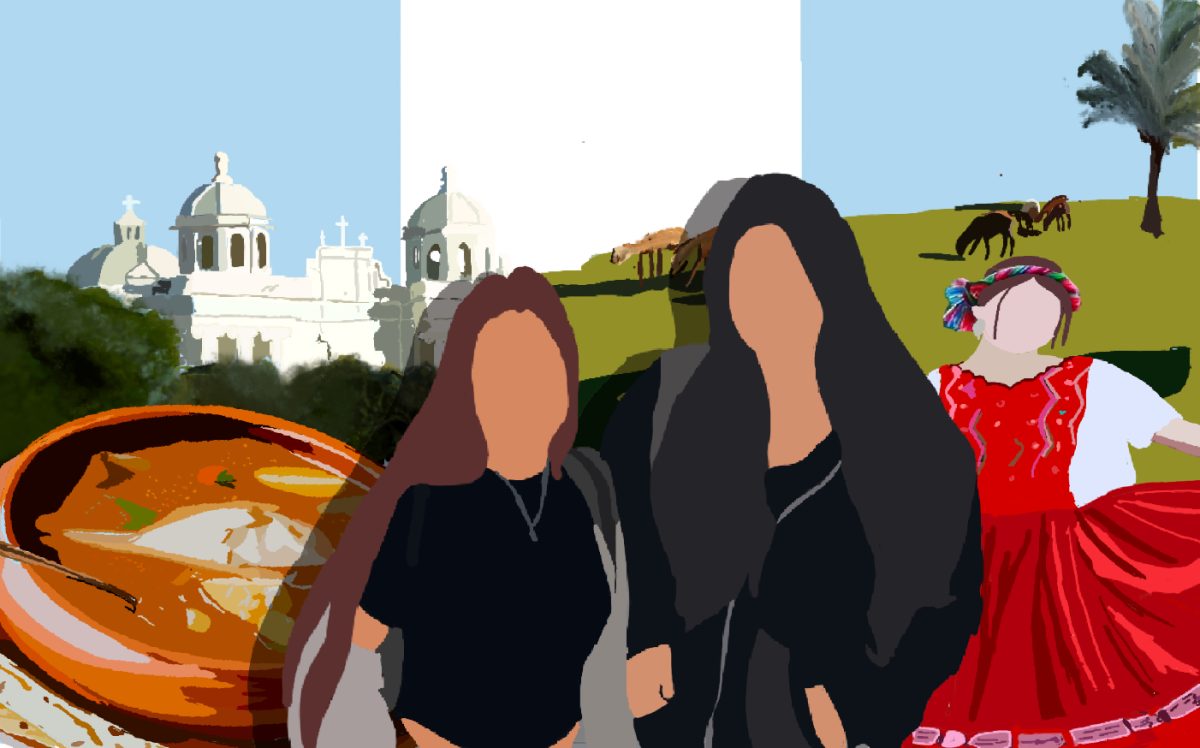What specifically did the African American community contribute to America’s rich cultural fabric? Spanning many musical genres and visual art forms, the artistic sensibilities of black creatives are everywhere in American pop culture.
The Blues and R&B
The Blues is a pioneering music genre whose impact is still felt today in modern music. The creation of the blues is poorly documented, but it's believed to have been created in the mid-to-late 1800s by formerly enslaved black people and their descendants working on plantations. Notable Blues artists include BB King, Ma Rainey, and Muddy Waters. Artists like these would later go on to influence artists like Elvis Presley and Jimi Hendrix.
Later on in the 1900s came Rhythm & Blues, better known as R&B. This genre came at a time when black people were moving from the rural south to the city, and so the sound of the music mirrored their newfound environment. R&B combined elements of jazz, gospel and blues to appeal to the younger generation. Key R&B artists include Johnny Otis and Ruth Brown, and popular R&B artists today include Boyz II Men, TLC, Usher and Toni Braxton.
Soul & Funk & Beyond
Along with the tense political climate of the 1960s came Soul & Funk. Like much of the music around this time, Soul & Funk was a reflection of the anxiety and opinions that Americans held during this period. It combined soul and gospel for a refreshing new sound. Undeniably, one of the most influential figures of Soul & Funk was Aretha Franklin, known as the Queen of Soul.
Fast forward to the late 70s and early 80s, where young African Americans living in New York were developing a sound that combined all of the previously-mentioned genres, which came to be known as rap and hip hop.
New-school rappers such as Run DMC and Grandmaster Flash began to experiment with different electronic sounds, such as synthesizers and drum machines. Rap and hip hop in the beginning was very light-hearted and fun, with a focus on parties and dance.
By the mid 1980s, the message of rap shifted to focus on the struggles and harsh realities of living in the inner cities, mirroring the original meaning behind Blues music. Now, rappers continue to draw inspiration from the artists that came before them, often sampling tracks or making beats inspired by early New York rap.
Fashion
With the rise of rap and hip-hop came streetwear, inspired by the hip hop culture at the time in New York and also by elements of punk fashion from Japanese streetwear and well-known sportswear brands at the time, such as Fila or Adidas. Rappers at the time had a heavy influence on streetwear trends, all depending on deals certain artists got or what was worn in music videos or during performances.
NBA athletes also had a lasting impact on streetwear, with shoes like Jordans and clothing like basketball jerseys still being popular streetwear items today. The popularity of sneaker culture and shoe collection crazes was initially made popular within the black community, and later spread outward.
Beauty
Along with fashion, the visual aesthetics of black hair, cosmetics, and beauty have risen to popularity in the cultural zeitgeist in recent decades. Hairstyles like cornrows, box braids, wicks, and afros are now sported by many celebrities and public figures, from Lupita Nyong’o to Michelle Obama to Jay-Z. Makeup and hair is being increasingly recognized as an art form in earnest, thanks in part to the contributions of these African American taste-makers.
Black beauty care also has a storied history. Born in Louisiana in 1867 to an enslaved family, Madam C. J. Walker currently holds the title of first female self-made millionaire in American history through her cosmetic company, Madam C. J. Walker Manufacturing Company. Walker made her fortune through the creation and sale of black beauty products and black hair care products. She was the first freewoman in her family, born after the Emancipation Proclamation, and a crucial figure in the development of black beauty products.
Now, black cosmetics and beauty brands are bigger than ever, from Rihanna’s Fenty Beauty makeup company to Taraji P Henson’s TPH hair care brand.
